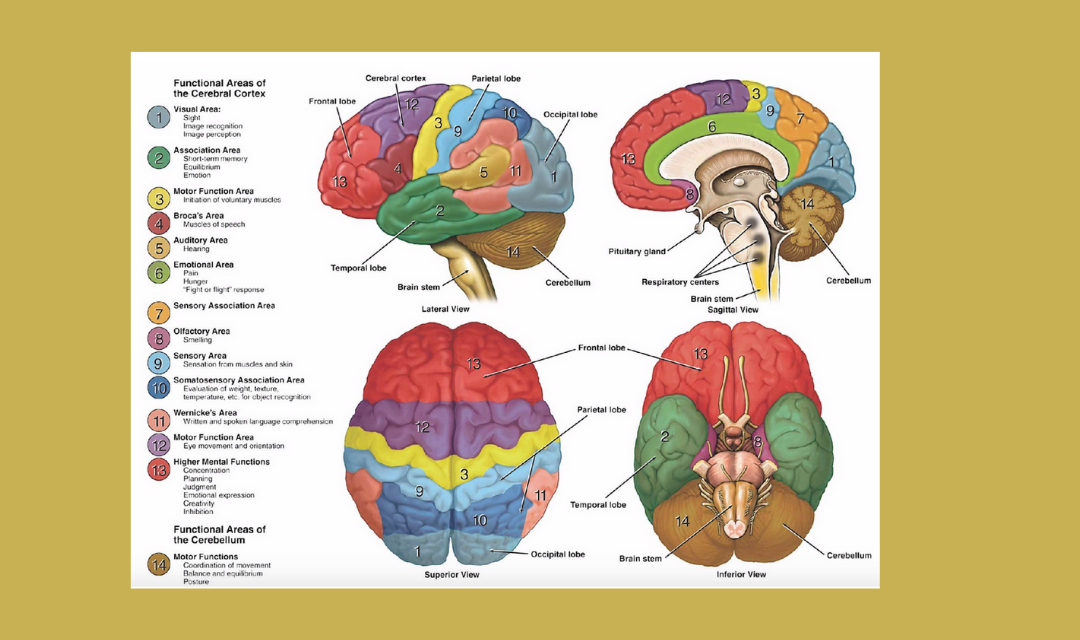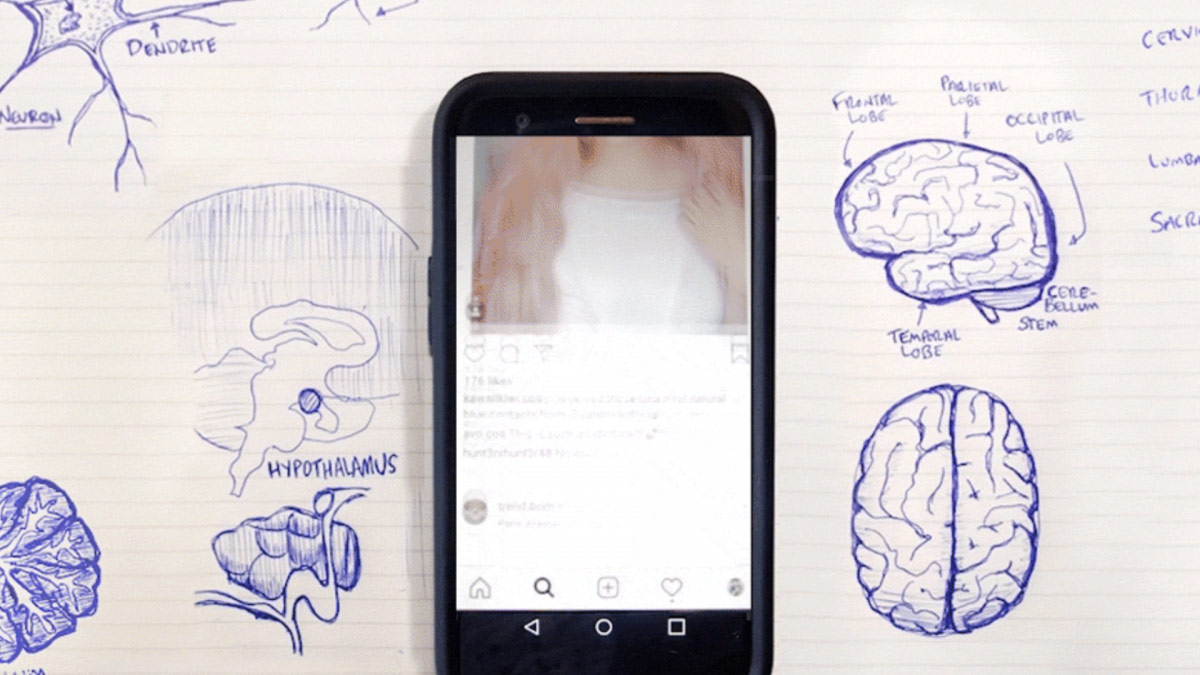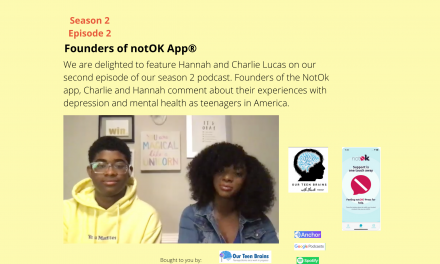In understanding the teenage brain, the hardest part is undoubtedly grasping all the neural changes that take place during this era. The adolescent brain is a time of many, many changes, so let’s get started.

Let’s start with the four lobes of the brain. At the front we have the frontal cortex, responsible for thinking, movement, and other higher order functions. Behind it almost at the top of the brain, we have the parietal lobe, responsible for sensory perception and integration for most of the senses. On the sides of the parietal lobe closest to our ears we have the temporal lobe, which is responsible for most of the auditory sensory integration and understanding speech. At the very back of the brain, we have the occipital lobe, which processes vision. There are also multiple deep brain structures which are important to know but we’ll get to them in a bit.

So let us start off by one of the most heavily discussed changes in the teenage brain, the modifications in the prefrontal cortex. The prefrontal cortex is a region of the brain responsible for decision making, regulating emotions, goal setting, and many of our executive functions such as focusing and thinking. Clearly, it is one of the most important brain regions for these higher order functions. Now the prefrontal cortex primarily starts to fully develop during the adolescent years. It is one of the last regions of the brain to fully develop, as it finishes molding at age 25 or so. Do you guys remember brain plasticity from before? Well because it is constantly changing and the brain is extremely plastic during the teenage years, the prefrontal cortex is almost unstable in a way as it develops to maturity. The impacts of this instability on adolescence leads to many of the effects we tend to associate with teenagers. First, since the region responsible for this responsible decision making is unstable, many teenagers tend to make irresponsible decisions, not fully weighing out all their options before picking a choice at impulse. Teenagers tend not to think things through, because this region of the brain responsible for thinking and decision making is not developed. Similarly, teenagers also tend to develop mood swings, relating to the PFC’s importance in regulating emotions. The instability in this region corresponds to the instability in teenager’s emotions as well, leading to teeenagers suffering from mood swings and depression not infrequently.


While the prefrontal cortex is one of the more studied regions in terms of brain anatomical development, it is not the only region which is constantly changing during this time. Another of these regions that is relatively unstable happens to be the limbic system, a collection of brain regions including the hippocampus, which is responsible for memory of facts and events of one’s life, and the amygdala which is responsible for emotion. The limbic system contains some of these deeper brain regions which are found behind the frontal lobe, and thus by default the prefrontal cortex as well.

Initially, the connections between the frontal lobe and limbic system are not solidified, so oftentimes, younger teenagers tend to listen to their limbic system as they make decisions, which leads to them being emotionally charged. As the limbic system starts to get connected to the frontal cortex during adolescence, teenagers slowly start to become more rational, using their frontal regions to come to decisions instead of the amygdala (the main emotional center of the limbic system). But the process by which these two regions connect takes some time, all the way till the end of adolescence, which is why teenagers do make many impulsive decisions based on how they are feeling.

Similarly the reward pathway, a series of deep brain structures consisting of primarily the ventral tegmental area and the nucleus accumbens.
These two brain structures play a huge role in creating the feeling of reward and motivation that people receive when eating, and doing something enjoyable, but even with behaviors such as drug and alcohol consumption.
Dopamine, the pleasure neurotransmitter is released when such a rewarding behavior occurs, causing the individual to receive this reward feeling motivating them to engage in this behavior again.
For adolescents, risky behavior tends to activate the reward pathway along with drugs and alcohol as well, making it easy for teenagers to be predisposed to these tendencies. Just like the limbic system, the reward pathway tends to develop much earlier than the prefrontal cortex which is why teenagers are so likely to try out drugs and alcohol, and become victims of automobile crashes and other issues that occur due to impulsivity.
References
https://www.dana.org/wp-content/uploads/2019/08/anatomy-function-brain-areas-basics-large.jpg
www.dana.org/wp-content/uploads/2019/08/anatomy-function-brain-areas-basics-large.jpg
https://www.researchgate.net/figure/The-four-lobes-of-the-cerebrum-120_fig4_38319379
Alzaidi, Samara. (2020). Computational Models of Cerebral Hemodynamics.
http://drugfreeazkids.org/blog/have-you-ever-said-your-child
https://slideplayer.com/slide/6054283/
Lynn, et al. “‘The Teen Brain: A Work in Progress’ – Ppt Download.” SlidePlayer, slideplayer.com/slide/6054283/.
https://www.news-medical.net/health/Limbic-System-and-Behavior.aspx
Dutta, Dr. Sanchari Sinha. “Limbic System and Behavior.” News, 23 Aug. 2018, www.news-medical.net/health/Limbic-System-and-Behavior.aspx.
https://my-ms.org/anatomy_brain_part2.htm
“My-MS.org.” The Lobes and Limbic System, my-ms.org/anatomy_brain_part2.htm.
https://blog.cognifit.com/amygdala-2/
Jessica TaylorJessica is a New York City native who graduated from undergrad with her B.S in Psychology. While her focus is steadily on trauma. “Amygdala: The Powerhouse of Emotions.” Health, Brain and Neuroscience, 15 Oct. 2020, blog.cognifit.com/amygdala-2/.





